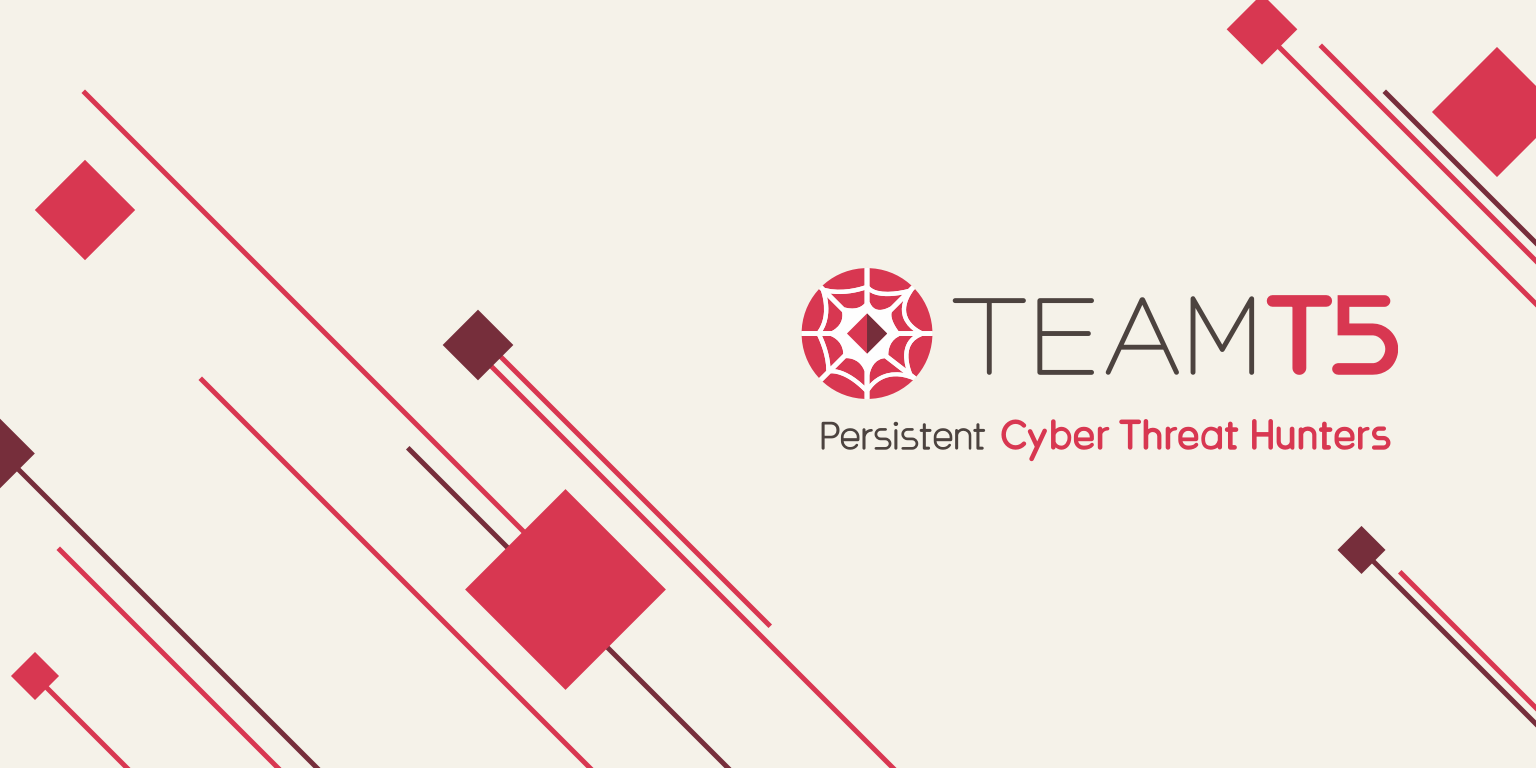- 24 Posts
- 9 Comments

 2·14 days ago
2·14 days agoThere are also articles about this. Feel free to apply the whataboutery also there. (s/ just to be safe, it would indeed be better to stop whataboutering and stay on topic.)

 1·14 days ago
1·14 days ago… indicating that [China’s] BGI units’ “collection and analysis of genetic data poses a significant risk of contributing to monitoring and surveillance by the government of China, which has been utilised in the repression of ethnic minorities in China”. It also claimed “the actions of these entities concerning the collection and analysis of genetic data present a significant risk of diversion to China’s military programs”.

 6·14 days ago
6·14 days agoOne of the more elaborated news on that topic:
Chinese officials have implicitly acknowledged responsibility for a series of sophisticated cyber intrusions targeting critical U.S. infrastructure.
During a high-level meeting in Geneva with American officials, representatives from China’s Ministry of Foreign Affairs indirectly linked years of computer network breaches at U.S. ports, water utilities, airports, and other critical targets to increasing U.S. policy support for Taiwan […]
Wang Lei, a top cyber official with China’s Ministry of Foreign Affairs, made the comments after U.S. representatives emphasized that China appeared not to understand how dangerous prepositioning in civilian critical infrastructure was, and how such actions could be viewed as an act of war […]
The admission is considered extraordinary, as Chinese officials have typically denied involvement in cyber operations, blamed criminal entities, or accused the U.S. of fabricating allegations.
Dakota Cary, a China expert at cybersecurity firm SentinelOne, noted that such an acknowledgment, even indirectly, likely required instructions from the highest levels of President Xi Jinping’s government.
[Edit to insert archived source link.]

 3·20 days ago
3·20 days agoI don’t know where you got this, but do yourself a favor a stay away from whatever it is.

 1·3 months ago
1·3 months agoRemoved by mod

 23·3 months ago
23·3 months agoRemoved by mod

 15·3 months ago
15·3 months agoRemoved by mod

 67·3 months ago
67·3 months agoRemoved by mod

 55·3 months ago
55·3 months agoRemoved by mod

 310·3 months ago
310·3 months agoRemoved by mod

 512·3 months ago
512·3 months agoRemoved by mod

 44·3 months ago
44·3 months agoThe guys at HF (and many others) appear to have a different understanding of Open Source.
As the Open Source AI definition says, among others:
Data Information: Sufficiently detailed information about the data used to train the system so that a skilled person can build a substantially equivalent system. Data Information shall be made available under OSI-approved terms.
- In particular, this must include: (1) the complete description of all data used for training, including (if used) of unshareable data, disclosing the provenance of the data, its scope and characteristics, how the data was obtained and selected, the labeling procedures, and data processing and filtering methodologies; (2) a listing of all publicly available training data and where to obtain it; and (3) a listing of all training data obtainable from third parties and where to obtain it, including for fee.
Code: The complete source code used to train and run the system. The Code shall represent the full specification of how the data was processed and filtered, and how the training was done. Code shall be made available under OSI-approved licenses.
- For example, if used, this must include code used for processing and filtering data, code used for training including arguments and settings used, validation and testing, supporting libraries like tokenizers and hyperparameters search code, inference code, and model architecture.
Parameters: The model parameters, such as weights or other configuration settings. Parameters shall be made available under OSI-approved terms.
- The licensing or other terms applied to these elements and to any combination thereof may contain conditions that require any modified version to be released under the same terms as the original.
These three components -data, code, parameter- shall be released under the same condition.

 126·3 months ago
126·3 months agoIs Deepseek Open Source?
Hugging Face researchers are trying to build a more open version of DeepSeek’s AI ‘reasoning’ model
Hugging Face head of research Leandro von Werra and several company engineers have launched Open-R1, a project that seeks to build a duplicate of R1 and open source all of its components, including the data used to train it.
The engineers said they were compelled to act by DeepSeek’s “black box” release philosophy. Technically, R1 is “open” in that the model is permissively licensed, which means it can be deployed largely without restrictions. However, R1 isn’t “open source” by the widely accepted definition because some of the tools used to build it are shrouded in mystery. Like many high-flying AI companies, DeepSeek is loathe to reveal its secret sauce.

 23·3 months ago
23·3 months agoI feel safer knowing that my data is not in a country where the company can use it against me
Where is this country that can’t use your data against you?

 84·3 months ago
84·3 months agoIs Deepseek Open Source?
Hugging Face researchers are trying to build a more open version of DeepSeek’s AI ‘reasoning’ model
Hugging Face head of research Leandro von Werra and several company engineers have launched Open-R1, a project that seeks to build a duplicate of R1 and open source all of its components, including the data used to train it.
The engineers said they were compelled to act by DeepSeek’s “black box” release philosophy. Technically, R1 is “open” in that the model is permissively licensed, which means it can be deployed largely without restrictions. However, R1 isn’t “open source” by the widely accepted definition because some of the tools used to build it are shrouded in mystery. Like many high-flying AI companies, DeepSeek is loathe to reveal its secret sauce.
















Tihis is somehow related regarding ‘sanitising:’
Uyghur Genocide: Activists slam Disney for filming Mulan in Xinjiang